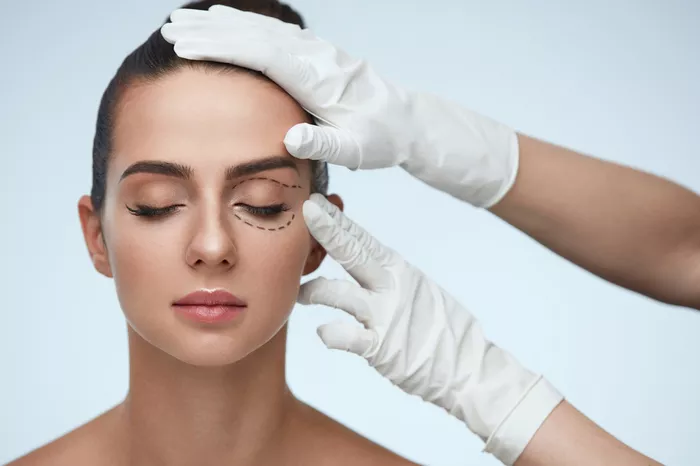Blepharoplasty, also known as eyelid surgery, is a cosmetic procedure that aims to rejuvenate the appearance of the eyes by removing excess skin, fat, and muscle from the eyelids. While the idea of undergoing surgery near the delicate eye area can be intimidating, it is natural to have concerns about the level of pain and discomfort associated with the procedure. In this article, we will explore the topic of pain in blepharoplasty and provide insights into managing discomfort during the recovery process.
Understanding the Blepharoplasty Procedure
Blepharoplasty is typically performed under local anesthesia, with or without sedation, to ensure patient comfort throughout the procedure. The surgeon makes small incisions along the natural creases of the upper and/or lower eyelids to access the underlying tissues. Excess skin, fat, and muscle are carefully removed or repositioned, and the incisions are closed with sutures.
Immediate Post-operative Phase
After the blepharoplasty procedure, it is normal to experience some discomfort and swelling in the treated area. However, the level of pain can vary among individuals, and factors such as pain tolerance, surgical technique, and extent of the procedure can influence the intensity of discomfort.
Managing Discomfort After Blepharoplasty
While pain is subjective and experiences can vary, there are several strategies and measures that can help manage discomfort during the recovery process:
- Follow Post-operative Instructions: It is crucial to carefully follow the post-operative instructions provided by your surgeon. This may include taking prescribed pain medications as directed, applying cold compresses to reduce swelling, and using lubricating eye drops or ointments to keep the eyes moist and comfortable.
- Elevate the Head: Keeping the head elevated, even while sleeping, can help reduce swelling and promote proper blood circulation. This can be achieved by using extra pillows or sleeping in a reclined position for the first few days after surgery.
- Apply Cold Compresses: Applying cold compresses or ice packs gently to the treated area can help alleviate swelling and provide temporary relief from discomfort. It is important to follow your surgeon’s recommendations regarding the frequency and duration of cold compress application.
- Avoid Strenuous Activities: Engaging in strenuous activities, such as heavy lifting, vigorous exercise, or bending over, should be avoided during the initial stages of recovery. These activities can increase blood flow to the area, potentially leading to increased swelling and discomfort.
- Protect the Eyes: It is important to protect the eyes from potential irritants, such as dust, wind, and sunlight, by wearing sunglasses or protective eyewear. Avoid rubbing or touching the treated area to prevent infection and potential complications.
- Maintain Proper Hydration and Nutrition: Staying hydrated and consuming a balanced diet can promote healing and reduce the risk of complications. Proper nutrition plays a crucial role in supporting the body’s natural healing processes.
- Keep Follow-up Appointments: Attend all scheduled follow-up appointments with your surgeon to monitor your progress and address any concerns or questions you may have. Your surgeon will assess your healing and provide appropriate guidance for pain management.
Communication with Your Surgeon
Open and honest communication with your surgeon is essential throughout the recovery process. If you experience significant or prolonged pain that is not adequately controlled by prescribed medications, it is important to inform your surgeon. They can evaluate your condition, provide additional pain management strategies, or rule out any potential complications.
Remember: Individual Experiences Vary
It is crucial to remember that pain tolerance and experiences vary among individuals. While some patients may describe their blepharoplasty experience as relatively painless, others may have a higher sensitivity to discomfort. Each person’s perception of pain and recovery is unique, and factors such as overall health, individual pain threshold, and surgical technique can influence the level of discomfort experienced.
Conclusion
While blepharoplasty is a surgical procedure, the level of pain experienced during the recovery period can vary among individuals. Following proper post-operative care instructions, including taking prescribed pain medications, using cold compresses, and protecting the eyes, can help manage discomfort and promote a smoother recovery. Remember to communicate any significant or prolonged pain with your surgeon to ensure appropriate pain management and to rule out any potential complications. With proper care and guidance from your surgeon, you can navigate the recovery process with confidence and achieve the desired rejuvenation of your eyelids.


